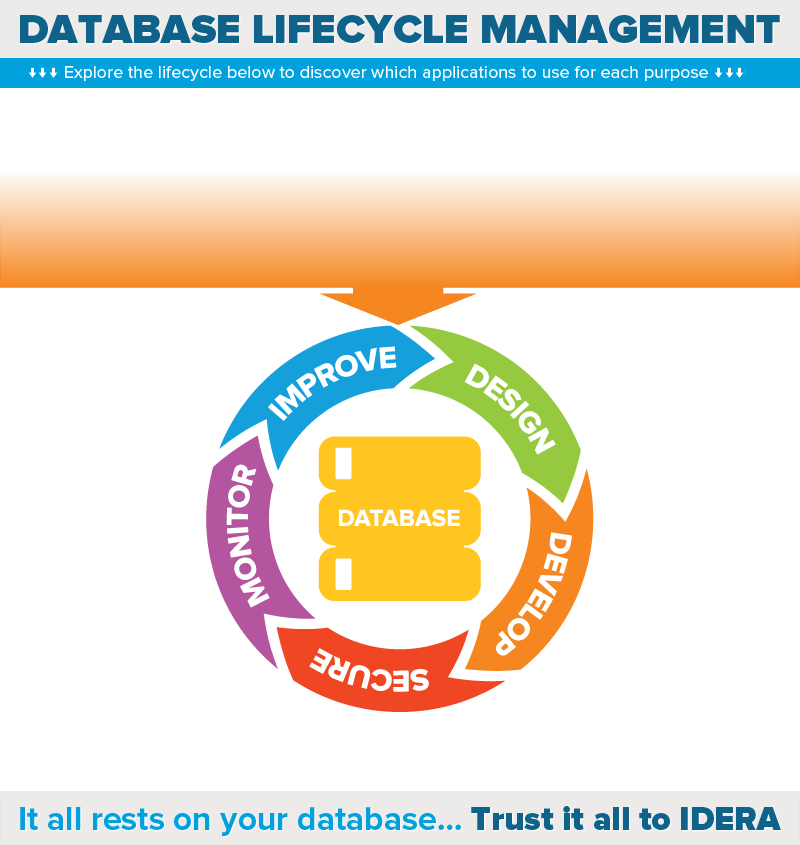Automated database development process.
Survey says:
How often do you make changes to our development databases? 44% few times
per week, 39% daily, and 17% once every few weeks.
How much automation do you have in your database development? 45% writing
scripts manually and running automatically, 28% none, and 11% fully
automated process.
60% of these manually building scripts have to fix or tweak them regularly
as part of a deployment process.
The issues with manual process.
Manual version control process is the #1 challenge for manual database
development.
Risk for manual version control process: (1) Working on the wrong versions.
(2) Hard to locate outdated updates. (3) Out of process updates go
unnoticed.
How do you change your version control database? 67% manually save scripts
to an application code source control, and 14% use automated database
source control solution.
Best practices for development and version control process.
Version control process: Check out script, modify script, get updated
script from DB [database], and check-in script.
Database development process: Debug script in database, and compile script
in database.
Integrated best practice process: Check-out object, modify object in
database, run application’s tests, and check-in object.
Why adopt and automated process for databases? 29% increase in
productivity, 24% reduction in risk, 23% quicker time to market, 17%
increase in quality, and 7% reduction in cost.
Database systems are critical to the success of the business of all sizes,
which is why more organizations adopting automated database development
process in order to increase overall efficiency and reduce the risks that
are associated with recurring changes to their databases.

